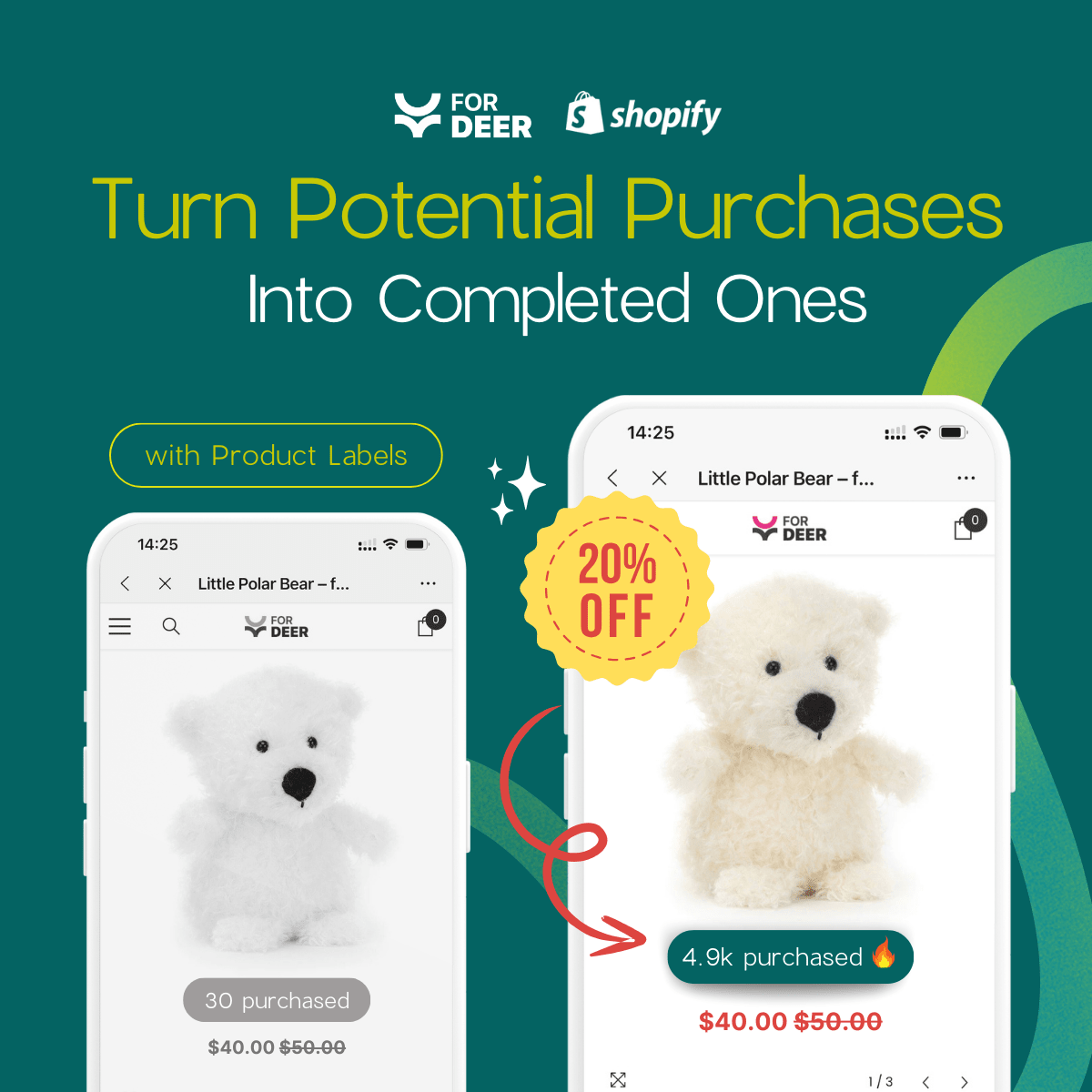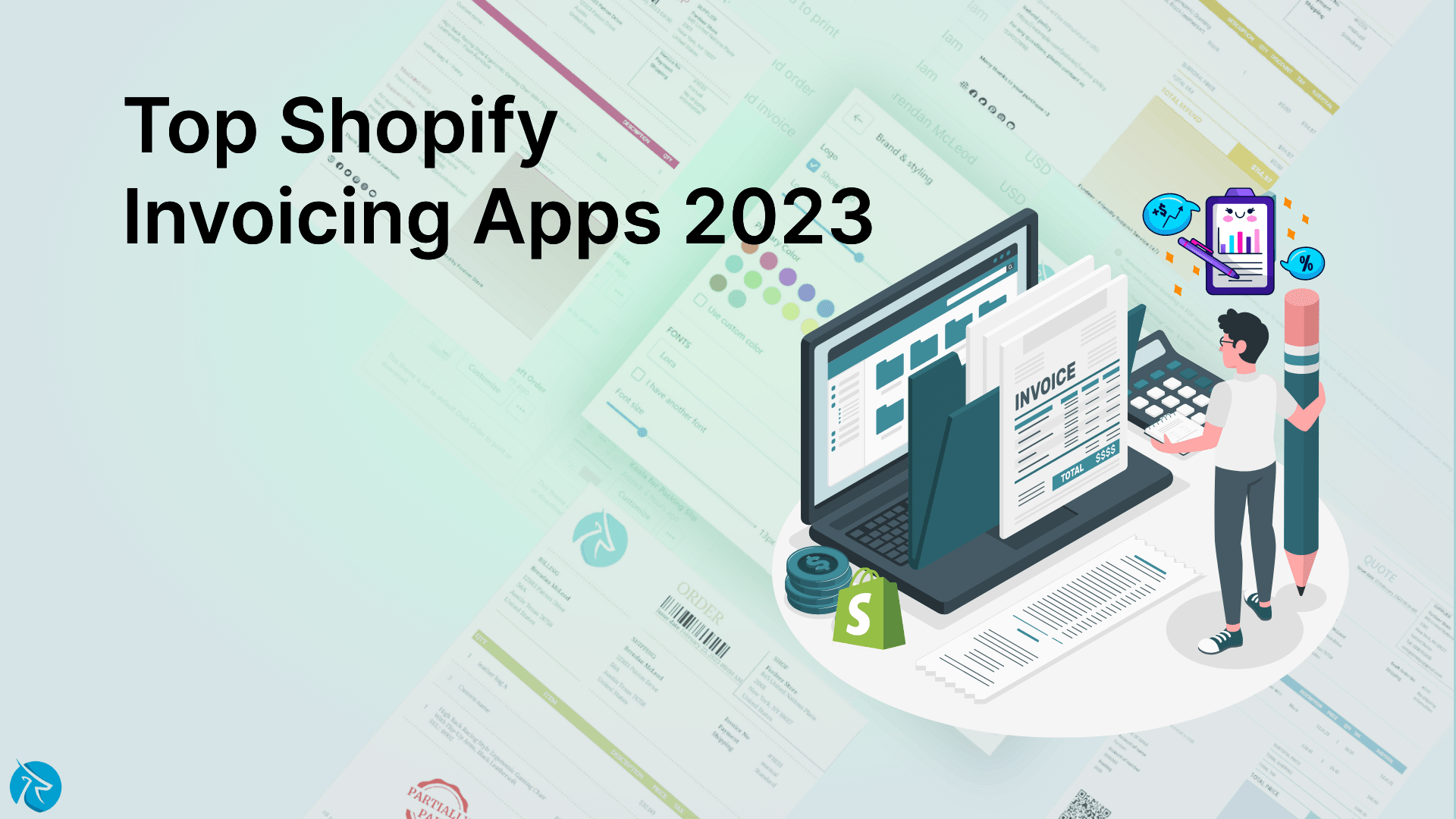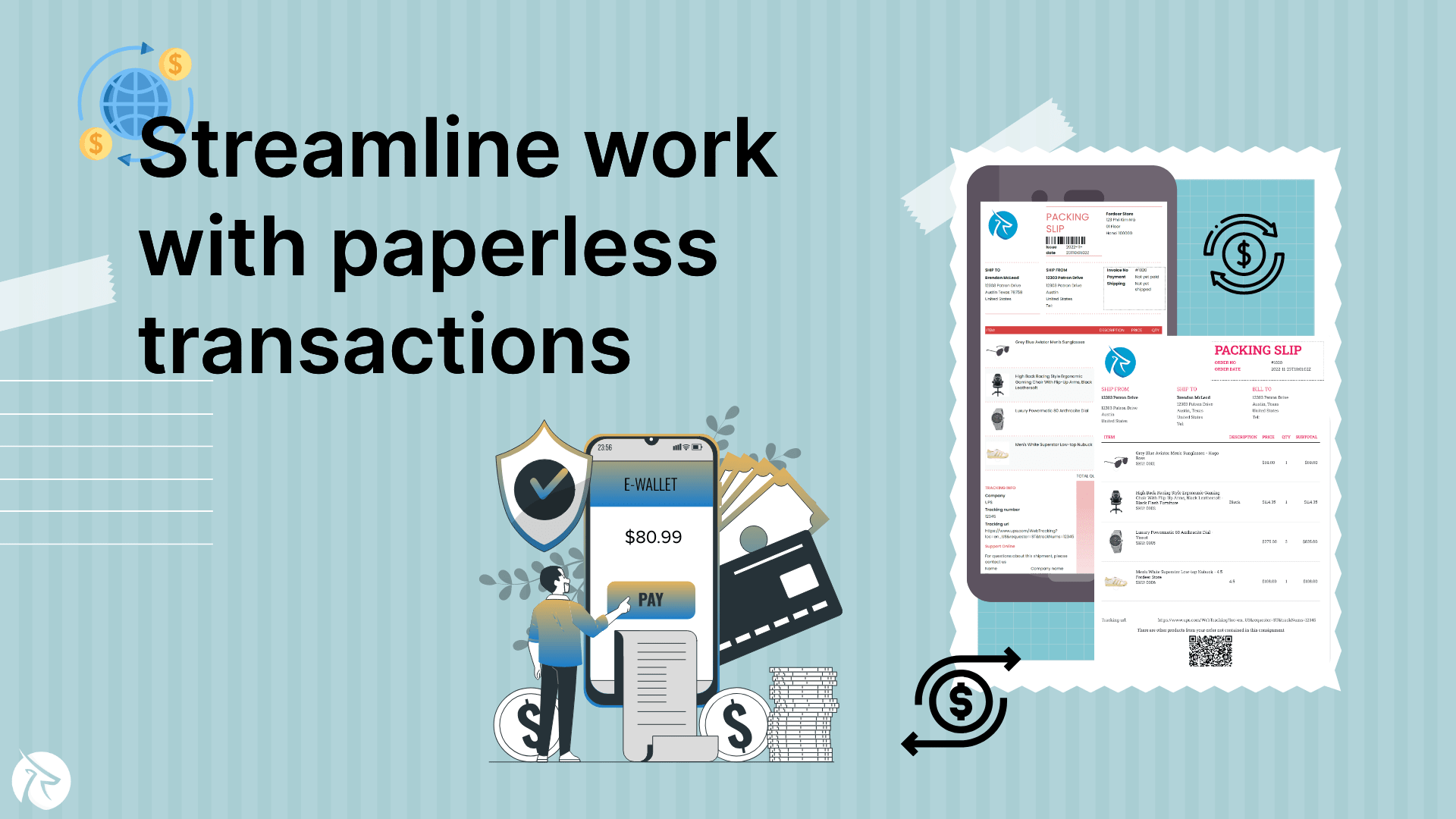Optimizing Website Design for Higher Conversion Rates and Improved User Experience
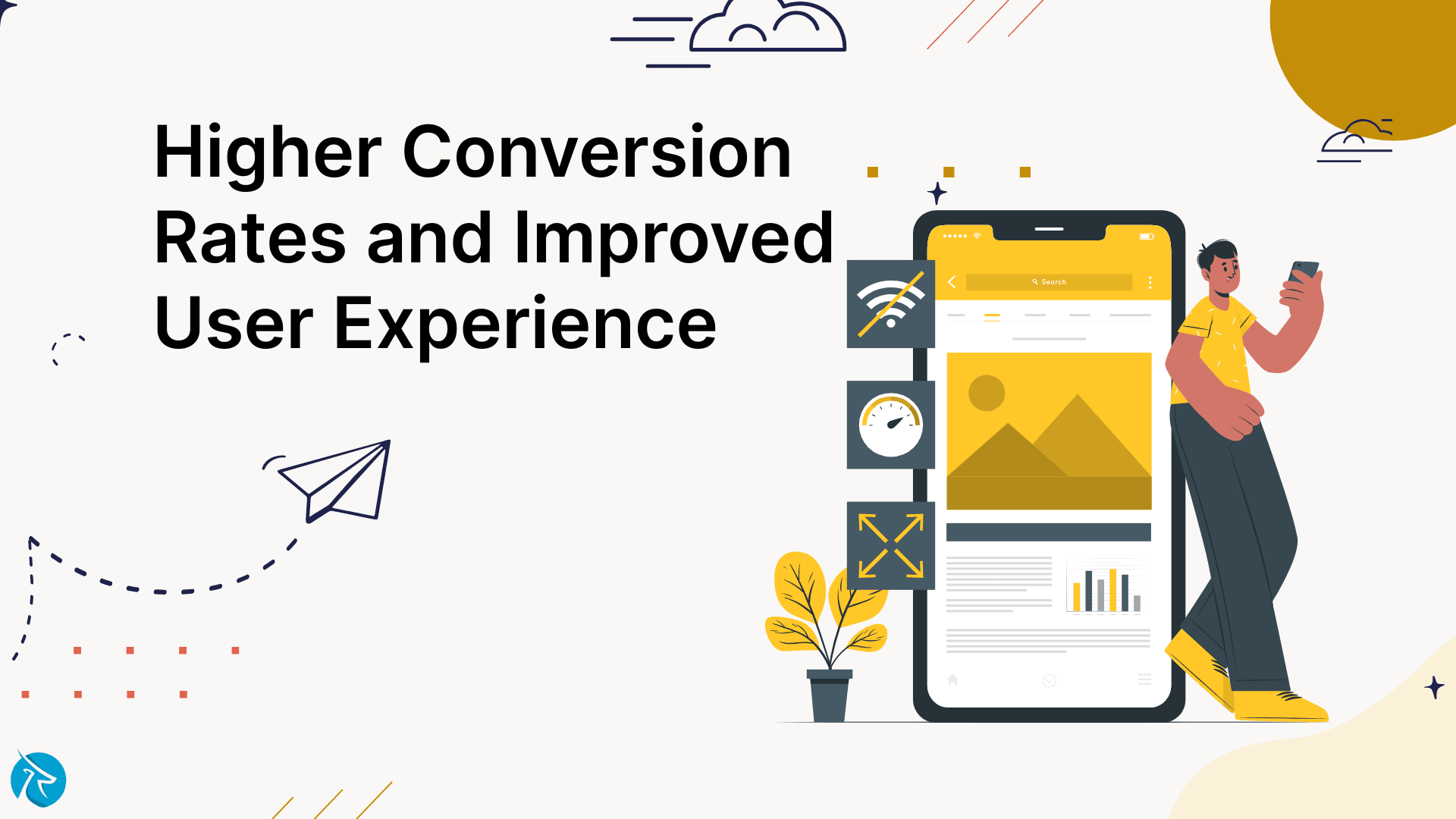
In the digital age, a well-designed website is crucial for businesses to thrive. Not only does it serve as the online face of a brand, but it also plays a pivotal role in driving conversions and enhancing user experience. Optimizing website design is a multifaceted process that involves strategic planning, thoughtful user interface (UI) and user experience (UX) considerations, and continuous testing and refinement.
In this article, Fordeer will explore effective strategies and best practices for optimizing website design to achieve higher conversion rates and provide an improved user experience. By implementing these tactics, businesses can create a seamless and engaging online presence that not only attracts visitors but also converts them into loyal customers.
Strategies and best practices for optimizing website design
Understanding user behavior and intent
Before delving into website design optimization, gaining a deep understanding of user behaviour and intent is essential. Conduct thorough research to identify your target audience, their preferences, and their online habits. By analyzing user demographics, psychographics, and browsing patterns, you can tailor your website design to align with their expectations.
Streamlining navigation and information architecture
A well-structured website with intuitive navigation is key to providing a seamless user experience. Simplify your website's navigation menu by organizing it logically and using descriptive labels. Implement breadcrumb navigation to help users understand their location within the website hierarchy. Moreover, employ clear and concise headings, subheadings, and content categorization to enhance information architecture, allowing visitors to find what they need effortlessly.
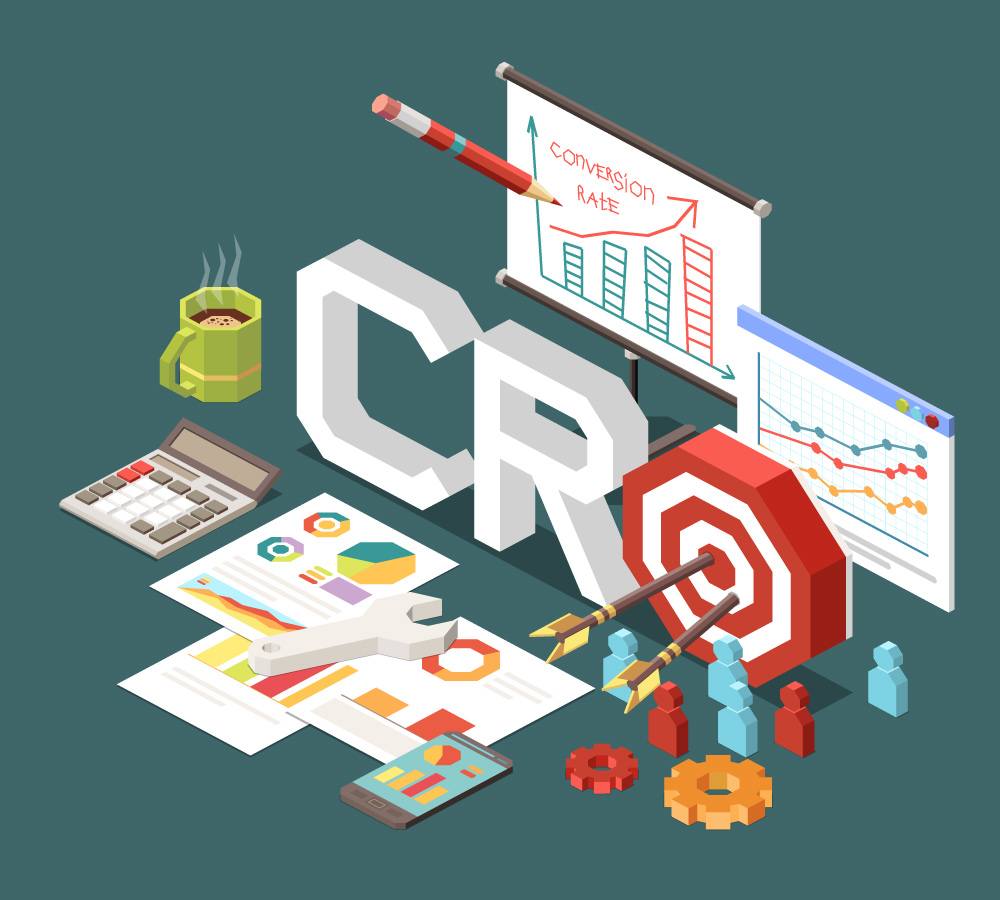
Responsive and mobile-friendly design
With the proliferation of mobile devices, optimizing website design for mobile responsiveness is paramount. A responsive design ensures that your website adapts to different screen sizes and resolutions, providing a consistent and user-friendly experience across devices. Additionally, consider mobile-specific features such as click-to-call buttons and simplified forms to facilitate conversions on mobile platforms.
Visual design and branding
Visual design is crucial in capturing users' attention and effectively communicating your brand message. Use a visually appealing color scheme that aligns with your brand identity. Incorporate high-quality images, videos, and graphics to engage visitors and enhance the overall aesthetic appeal. However, ensure that the visual elements do not overshadow essential content or slow down the website's loading speed.
Optimized page speed
Page speed is critical in user experience and search engine optimization (SEO). Slow-loading websites can deter users and negatively impact conversion rates. Optimize your website's performance by minimizing HTTP requests, compressing images, leveraging caching techniques, and using content delivery networks (CDNs). Regularly monitor your website's speed using tools like Google PageSpeed Insights and make necessary optimizations to ensure a fast and seamless browsing experience.

Conversion-focused landing pages
A conversion-focused landing page is designed to guide visitors towards a specific action, such as making a purchase, signing up for a newsletter, or downloading a resource. Optimize landing pages by aligning the messaging with the visitor's intent, using persuasive headlines and compelling calls-to-action (CTAs), and removing distractions. Implement A/B testing to experiment with different variations and identify the most effective design elements.
Usability and accessibility considerations
To provide an inclusive user experience, prioritize usability and accessibility in your website design. Ensure that your website is compatible with assistive technologies and adheres to accessibility guidelines, such as WCAG 2.1. Incorporate alt tags for images, provide text alternatives for multimedia content, and ensure proper color contrast for readability. By making your website accessible to all users, you can expand your reach and improve user satisfaction.
Some common mistakes to avoid when optimizing website design for higher conversion rates
When optimizing website design for higher conversion rates, it's important to be aware of common mistakes that can hinder your efforts. Here are some common pitfalls to avoid:
Overwhelming or cluttered design
A cluttered or overwhelming design can confuse and overwhelm visitors, leading to high bounce rates and low conversions. Avoid using too many colors, fonts, or visual elements that distract from the main message or call-to-action (CTA). Keep the design clean, organized, and focused on guiding users towards conversion.
Complex navigation
Difficult-to-navigate websites can frustrate users and discourage them from exploring further or completing desired actions. Simplify your website's navigation by using intuitive labels, reducing the number of menu items, and ensuring clear and logical hierarchical structure. Make it easy for visitors to find what they're looking for without having to click through multiple pages.

Lack of Clear CTAs
Unclear or weak calls-to-action can significantly impact conversion rates. Avoid vague or generic CTAs and instead use clear, action-oriented language that communicates the desired action. Ensure that CTAs are prominently displayed, visually appealing, and stand out from the rest of the content. Test different variations to identify the most effective wording, placement, and design.
Slow page load times
Slow-loading websites frustrate users and increase bounce rates. Optimizing your website's performance and reducing page load times is crucial. Compress images, minimize HTTP requests, leverage caching techniques, and consider using a content delivery network (CDN) to deliver content faster. Regularly monitor and optimize your website's speed to provide a seamless browsing experience.
Lack of mobile optimization
With the increasing use of mobile devices, a lack of mobile optimization can result in poor user experience and lost conversions. Ensure your website is fully responsive and adapts seamlessly to different screen sizes and resolutions. Pay attention to mobile-specific design elements, such as touch-friendly buttons, simplified forms, and mobile-specific features that facilitate conversions.
Poor content organization
If your website's content is disorganized or difficult to scan, users may struggle to find the information they need. Use headings, subheadings, bullet points, and visual cues to break up content and make it more scannable. Highlight important information and ensure a logical flow of content to guide users through the conversion funnel.
Lack of trust signals
Building trust is crucial for conversions. Avoid the mistake of neglecting trust signals on your website. Include elements such as customer testimonials, reviews, security badges, certifications, and guarantees to instill confidence in visitors. Demonstrating credibility and reliability can alleviate concerns and encourage users to take the desired action.
Ignoring analytics and user feedback
Failing to analyze website analytics and gather user feedback can prevent you from making data-driven decisions. Regularly review analytics to identify areas of improvement and uncover user behavior patterns. Additionally, solicit feedback through surveys, user testing, or customer support interactions to gain insights into user preferences and pain points.
By avoiding these common mistakes, you can optimize your website design for higher conversion rates and create a positive user experience that encourages visitors to engage and convert. Remember to continually monitor, test, and refine your design strategy based on user feedback and data-driven insights.
Wrapping up
Optimizing website design for higher conversion rates and improved user experience requires a holistic approach that considers user behavior, responsive design, visual aesthetics, page speed, and usability. By implementing the strategies discussed in this article, businesses can create a website that not only captivates visitors but also guides them toward conversion.
Remember, continuous testing, monitoring, and refinement are essential to ensure that your website design remains effective and aligned with evolving user expectations. By prioritizing website optimization, businesses can create a competitive advantage, foster customer loyalty, and drive sustainable growth in the digital landscape.



